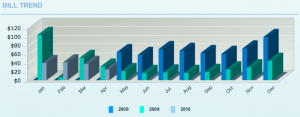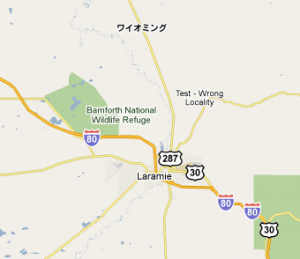I woke up this morning thinking, “I’m too tired and sore to get out of bed.” Twenty-five thousand other people got up and thought, “Maybe I’ll run 26.2 miles today.” The Boston Marathon started in 1897 and happened today for the 114th time.
I (of course) find the logistics of coordinating a marathon as fascinating as someone who’s capable of running in one. Look at the precision:

Water distribution near Cleveland Circle
The supply list for each water station includes “Cardboard (23×36), 128 pieces” and I absolutely cannot figure out what they’d use that many pieces of cardboard for. It also includes two shovels, six rakes, and 12 “Gatorade stirrers.” And, inevitably, four rolls of duct tape. You can’t do anything without duct tape.
The marathon brings out some local color in all parts of the region. I caught this pair of bananas being chased by a gorilla toward the end of the race, for example:
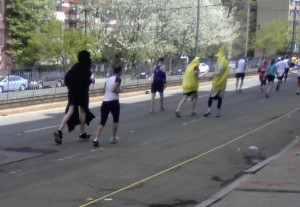
Gorilla chasing bananas
But I’ve always been particularly intrigued by the women of Wellesley College. They traditionally line the route alongside the College, screaming so loudly that their segment of the course is dubbed the “scream tunnel.” They also offer kisses to the passing runners.
This pair of photographs comes from the Boston Globe:
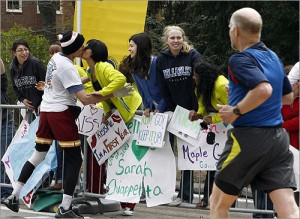
Kiss a First Year
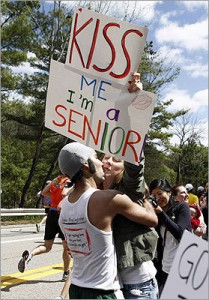
Kiss a Senior
Notice that “I’m a senior” and “I’m a first year” are both given as added incentives for stopping for a kiss. Sophomores and juniors are, perhaps, less skilled kissers. One sign this year read, “I Majored in Kissing.” Another advertised (and here we step up a few notches on the “disturbing” scale), “I won’t tell your wife.”
It’s easy at first to see the creepy side of this tradition. Middle-aged men essentially pause in the middle of a race to take advantage of the fact that they do not ordinarily get to kiss 18 year-old women. And we know from OkTrends that they want to.
But that overlooks why spectators gather for this marathon in general: to encourage these runners who are testing the limits of their own endurance — sometimes beyond the breaking point. And it’s not just a poetic ideal. Fans shout encouragement to each individual. Many runners write their names on their clothes just to hear thousands of people shout them along the way. Imagine at mile 22 feeling like you can’t possibly take another step only to have a complete stranger start jogging along side you and shouting with the crowd, “Let’s hear it for Sarah! Come on, Sarah! You’re almost there! It’s all downhill now!” I’ve seen it happen.
Twenty-five thousand people run in the Boston Marathon. Half a million people come to cheer them on. Volunteers hand out cups of water and clear the streets with their rakes, shovels, and duct tape. Locals put on absurd costumes to make everyone laugh. Bands perform in the street to make everyone dance. And at Wellesley, the students cheer on the athletes so emphatically that runners actually have to remember to pace themselves through the tunnel.
A couple years ago, Adidas (one of the event’s sponsors) ran ads that showed a bib number along with that runner’s “reason for running.” One said simply “To hear the Wellesley scream.” My absolute favorite read:
My muscles were screaming, but the fans were screaming louder.
And if that isn’t enough, you can even stop for a kiss.

